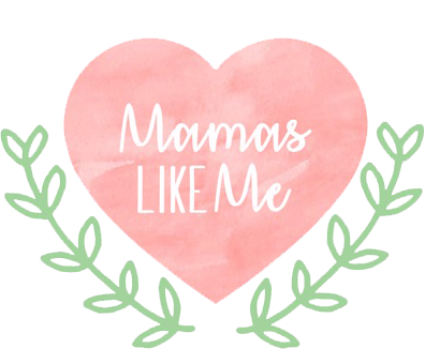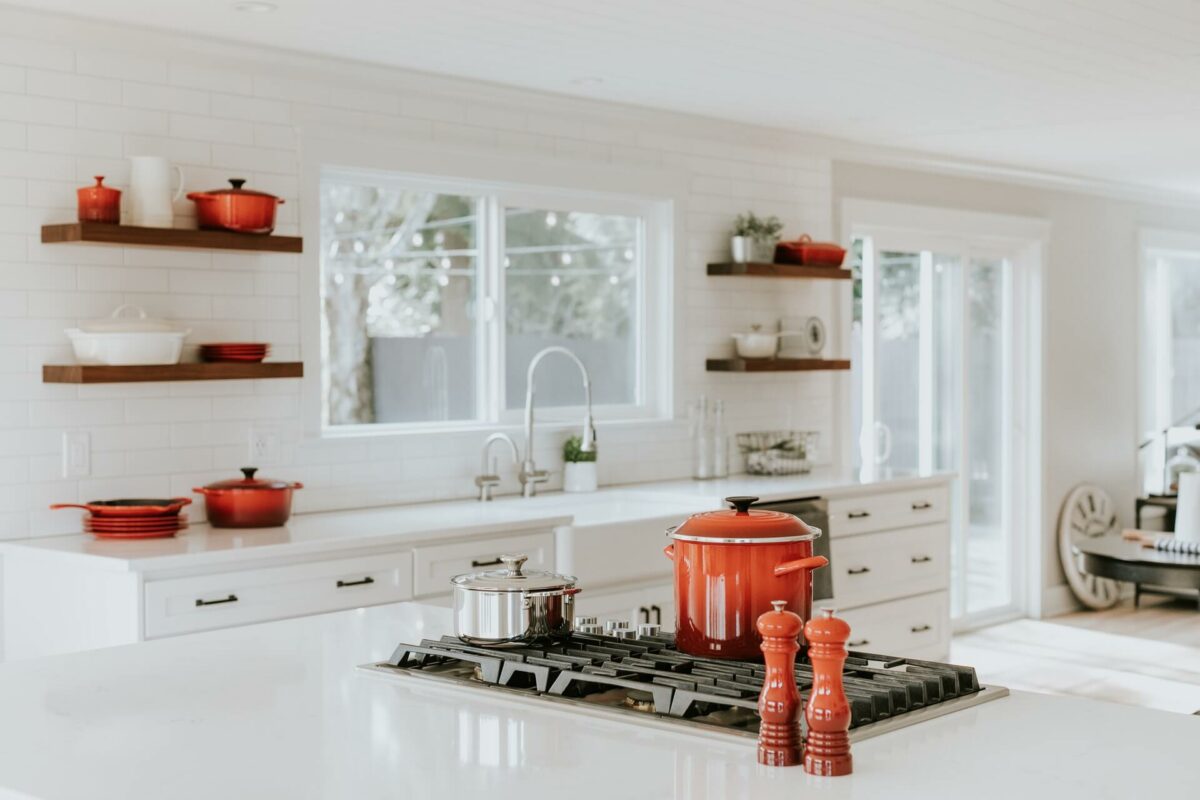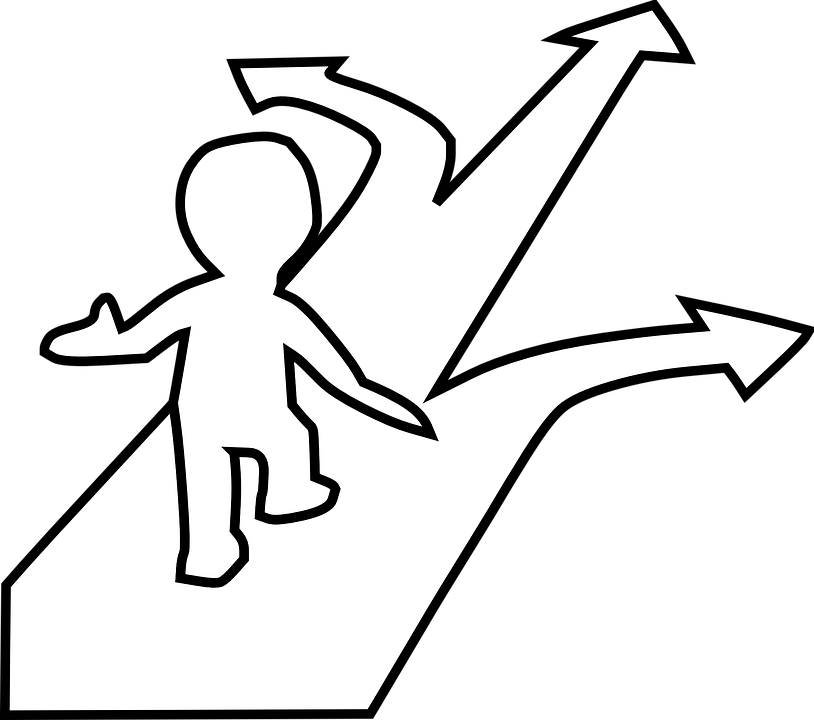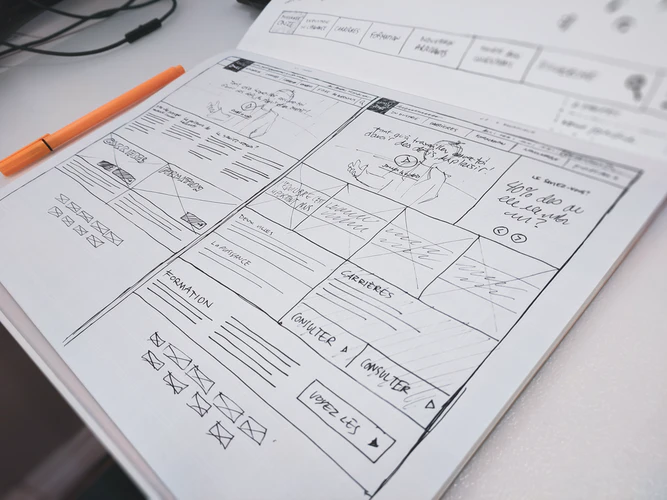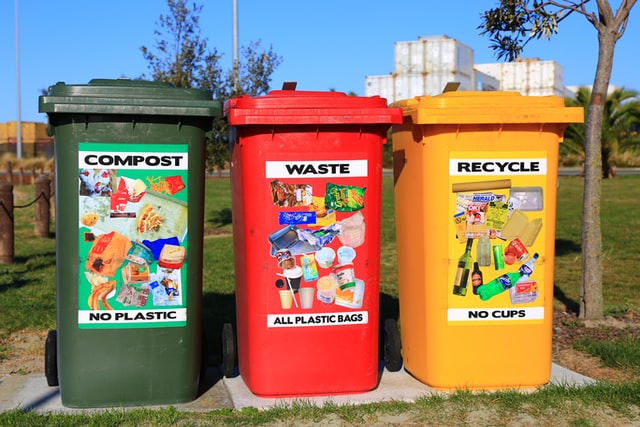Sometimes, as mothers, we neglect our own needs over everyone else that we’re charged with taking care of. When this happens, we get burnt out and cannot perform the most demanding job on Earth as well as we know we can. In the same way, we want to keep our babies their healthiest during winter. It’s time for us to prepare our bodies to be in tip-top shape as we head towards the wintry months and cold and flu season. So, let’s take a look at some easy lifestyle changes to implement to stay healthy as moms. And let’s face it, if it’s “easy,” we’re much more likely to incorporate it into our day-to-day routines and stick with it.
Start With Sleep
Remember before you had your first child and everyone with their well-meaning advice said, “sleep when the baby sleeps”? Well, you quickly learned that many other things in the household would fall by the wayside if you did that. But when you were out of the baby phase, you may have regretted not taking that sage advice. Because, when we’re low on sleep and feeling burnt out, we realize that maybe some of those dishes could’ve stayed in the sink, and the house wouldn’t have fallen apart.
So, make sure you’re getting in at least eight or nine hours of sleep a night. Maybe this will cut into private time with your spouse, but find another time in the day to be spontaneous! It would be best if you were well-rested not only to be a patient mama but to maintain your overall physical and mental health. Sleep is proven to be therapeutic and beneficial to our health.
Watch What You Eat
Don’t get things twisted – we’re not talking about weight loss here. Bodies are beautiful in all shapes and sizes, but what we eat directly impacts our physical health and mood. It can be easy to fall into the trap of grabbing quick and convenient food as a busy parent. But, most of those foods are full of over processed ingredients and a ton of sugar, which leaves us feeling more tired after we eat them and, in general, unwell. Instead, try to make sure your house is mainly filled with healthy, nutrient-dense food. That way, when you need a quick snack, it’s a beef jerky stick, not a candy bar. That’s not to say you can’t indulge occasionally, and you deserve a treat for being a strong mother.
Additionally, if you’re feeling sluggish and have mainly consumed fast food and convenience items, you should consider a detox plan. These types of plans are great because they can help you clear out toxins and give you energy. They also work amazingly on your gut health, which is super important.
Get Regular Exercise
Though running around after children, up and downstairs with laundry, and typical household and work tasks do get us moving, it’s not the same as getting in regular physical exercise. The critical thing about bodily exercise is that it keeps you in shape, benefits your mental health, and makes you more capable of dealing with stress as it comes and goes.
The key to a solid exercise program is finding something that you genuinely enjoy doing. When you like the form of exercise you’ve chosen, you are more likely to incorporate it into your daily routine because it becomes an escape for you. If you haven’t found an exercise that you enjoy yet, take a look on an App Store or Youtube to find tutorials that can ease you gently into new workout types. Many of them have free programs you can join to keep you motivated and accountable. So, get moving, mamas!
Practice Gratitude
In the hustle and bustle of raising littles and keeping up with work and house life, it’s easy to snap sometimes when we lose patience. This is normal and nothing to be ashamed of. Of course, you want to explain to your beloved children why that happened and apologize, but to err is human. It helps if you can try and practice gratitude in times of severe burnout and frustration. Even if you can only find five minutes alone in the kitchen pantry – take some deep breaths and remind yourself how much you love your family and what you have to be grateful for. It’s much easier to approach a rowdy household or child not listening if you take a few minutes to ground and center yourself. Mindfulness also plays a crucial role in overall health and well-being.
There’s nothing easy about being a mother. Even though it’s rewarding as all get out and the love indescribable, sometimes it can wear even the toughest mama down. So, make sure you’re doing the things mentioned above and others you may already be doing to keep yourself in the best physical shape and immunity as high as possible as we head into winter. Here’s to your health, mamacita!
